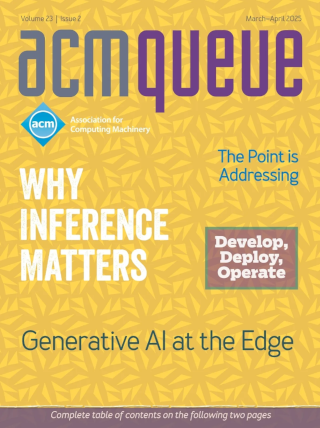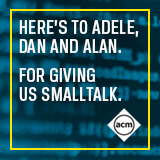
Securing Elasticity in the Cloud:
Elastic computing has great potential, but many security challenges remain.
As somewhat of a technology-hype curmudgeon, I was until very recently in the camp that believed cloud computing was not much more than the latest marketing-driven hysteria for an idea that has been around for years. Outsourced IT infrastructure services, aka IaaS (Infrastructure as a Service), has been around since at least the 1980s, delivered by the telecommunication companies and major IT outsourcers. Hosted applications, aka PaaS (Platform as a Service) and SaaS (Software as a Service), were in vogue in the 1990s in the form of ASPs (application service providers).
A Tour through the Visualization Zoo:
A survey of powerful visualization techniques, from the obvious to the obscure
Thanks to advances in sensing, networking, and data management, our society is producing digital information at an astonishing rate. According to one estimate, in 2010 alone we will generate 1,200 exabytes -- 60 million times the content of the Library of Congress. Within this deluge of data lies a wealth of valuable information on how we conduct our businesses, governments, and personal lives. To put the information to good use, we must find ways to explore, relate, and communicate the data meaningfully.
Visualizing System Latency:
Heat maps are a unique and powerful way to visualize latency data. Explaining the results, however, is an ongoing challenge.
When I/O latency is presented as a visual heat map, some intriguing and beautiful patterns can emerge. These patterns provide insight into how a system is actually performing and what kinds of latency end-user applications experience. Many characteristics seen in these patterns are still not understood, but so far their analysis is revealing systemic behaviors that were previously unknown.



